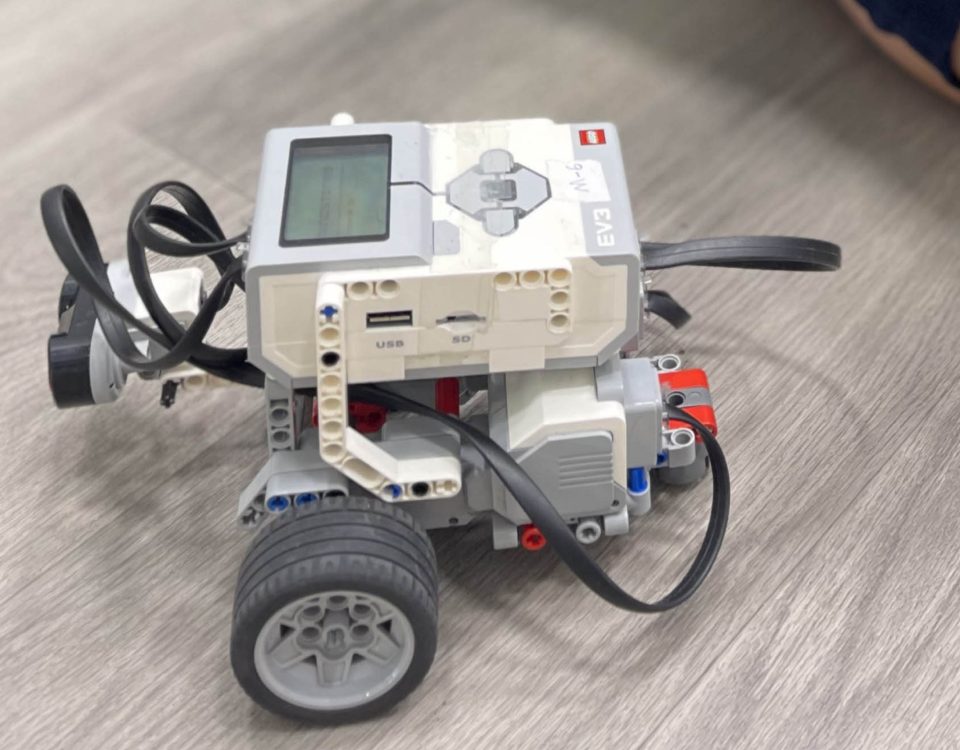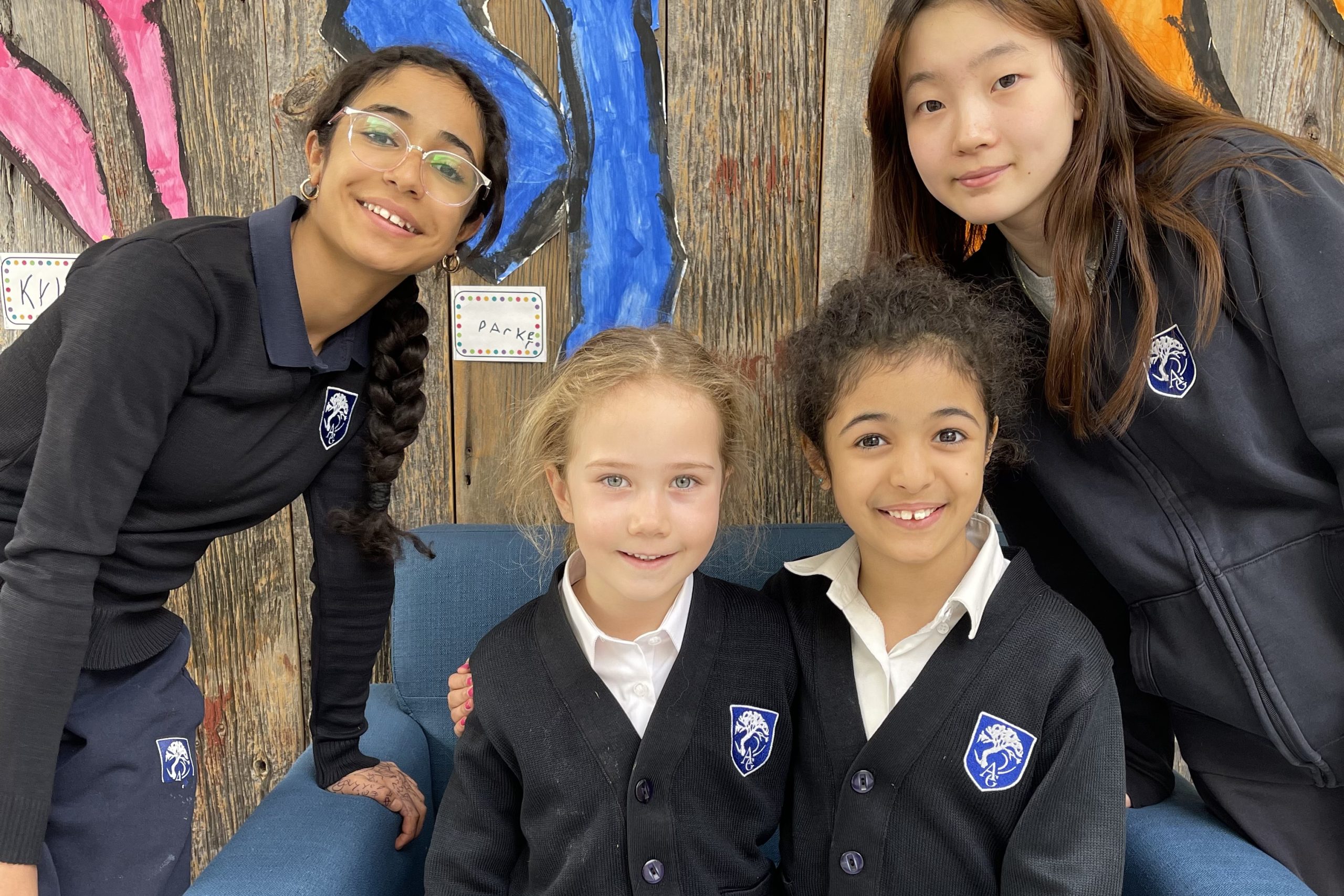Fun And Creative Spring Garden Activities That Go Beyond Planting
Fun And Creative Spring Garden Activities That Go Beyond Planting
Now that spring is finally here and the winter’s frost has gone away, it’s time to start tending to those gardens to get them ready for new life. Spring gardening is especially fun for children because it gives them a chance to get outside after spending much of the winter months indoors, but it’s also an opportunity for them to see firsthand that new life is not only possible, but also beautiful. Spring gardens are somewhat symbolic of resilience and strength, showing kids that after the harshness of winter, plants can once again bloom into breathtaking beauties.
These fun and creative spring gardening activities are fun for all ages! Not only that, but these activities teach children valuable lessons and life skills like self-sufficiency, observation techniques, creativity and motor skills, and the development of empathy for living things big and small.
Design A Fairy Garden
Fairy gardens are an incredibly fun way to let your child’s imagination run wild while also letting them explore nature and enabling little ones to hone their fine and gross motor skills as they collect the perfect pieces. A fairy garden is a small area designed as if a tiny little fairy lived in it. There’s typically a fairy house and then an assortment of decorations to make it the perfect place for a woodland fairy to rest their wings. They’re fun to design but they’re also a gorgeous addition to your life-sized garden! Have your children take a nature walk to look for small plants, stones, or sticks to add to the fairy garden to make it complete. You can also look here for some inspiration.
Paint Your Own Planters
Flowers pots or planter boxes get a lively makeover when children paint them to their heart’s desire! Let their creativity illuminate the garden with their springtime colour schemes. They can paint the names of each plant onto the pots or even paint a picture of what the end result will look like. This gives them an opportunity to learn about the characteristics of different plants while also letting their inner artist bloom.
Build A Bug Box
Springtime brings a new wave of residents moving back into your garden: bugs! These little creatures serve a variety of purposes and building a bug box is a fun way to observe and learn about their different roles in the ecosystem. Any container with a lid and few extra supplies will enable your child to safety catch bugs and give them a comfy place to temporarily call home while your child observes and learns about different species. This tutorial shows you exactly what to do but you can adapt it however you’d like. Have your child take notes on the different types of insects that visit and then research each one to learn more.
Make A Butterfly Feeder
Everyone loves butterflies! Your child can safely attract butterflies to the garden with this simple DIY butterfly feeder. You likely have all of the materials around your home already which means you’ll start seeing butterflies in no time! Your child will have fun identifying different patterns in the wings and learning about different types of butterflies and what they like to eat. This video shows you the basics of a butterfly feeder. Learning to recycle household items and repurpose them to make this butterfly feeder is an important lesson in sustainability that the children will have fun exploring.
String A Bird Food Garland
Another favorite springtime visitor are birds, birds, and more birds! Millions of birds fly north back to Ontario as the weather begins to warm. Making a bird food garland is a fun and easy way to invite them for a rest break right in your own backyard. Baltimore orioles, American robins, and red-winged blackbirds are just a few of the birds you might see in our area this time of year. They’ll love your child’s bird food garland carefully strung with uncooked cranberries and other dried fruits. Once the garland is ready to be hung, simply drape it over a nearby tree or hang it on a couple of posts in your garden. The birds will love the food and the tranquil view of your spring plants and your children will enjoy the fulfillment of nurturing and feeding the wildlife. After they’re done practicing their hand-eye coordination, empathy for the hungry birds, and their own motor development, have your child keep track of what birds stop by for a snack. You can even encourage them to paint the birds they see!








